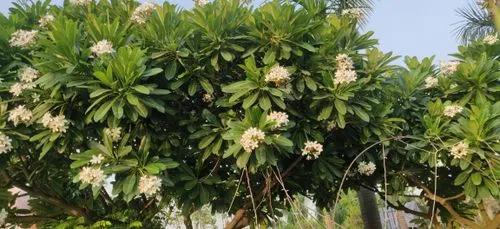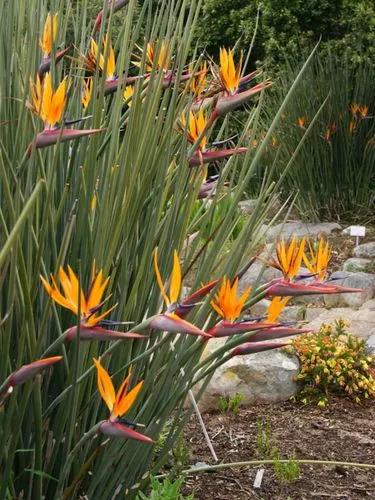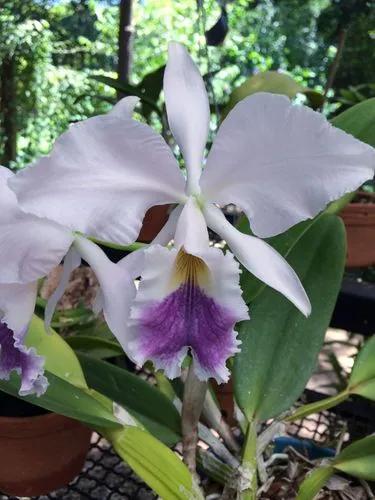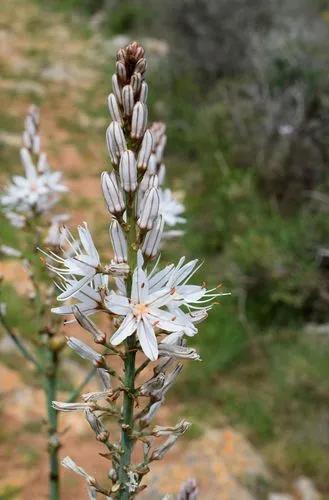Feel like bringing that exotic beauty of orchids into your home, but you’re too scared of failing in creating the perfect conditions for orchids to adapt and thrive? Look no further because Mayflower orchid might just be the right choice. These epiphytic plants will require little to no care once established and will fill your house with sweet fragrance during the blooming season every year, as this orchid is perennial. Plus, they are hypoallergenic, meaning that the flowers will not spread pollen around, so if you have any allergies, you just found your best flower.
Mayflower orchid Care
Laelia speciosa

You will find Mayflower orchid identified by the name of Mexican laelia, or the Brazilian laelia due to its origins. In their natural habitat, they grow on other trees or plants without being an invasive species. They grow in the mountains and forests at heights between 4,593 ft (1,400 m) and 7,874 ft (2,400 m), but indoors they will grow up to 7-8 inches (18-20 cm) height.
Its flowers bloom in late autumn or early winter, just when you thought no flowers were left to cheer up the atmosphere. Their extravagant colored flowers bloom in groups of 3 to 10 every year, and their leaves are evergreen, making the mayflower orchid a beautiful addition to your plant collection all year round.
How to Care for the Plant

Water

Laelia is drought tolerant due to its roots that store up water for later so overwatering really is something to look out for, as it could easily lead to root rot in the cold season. You need to pay a bit more attention to your watering habits, as this orchid will need more water during the growth season, in spring and summer and no water as the cold season approaches. Keep the orchid in a somewhat moist environment during the active growing season, then quit watering it until the next spring when fall comes. This will help the flowers bloom and let repurpose the nutrients.

Pruning

Use the pruning time for other plants, as Laelia does not require any pruning at all. If you see any yellowing leaves or loose parts, cut them so the plant does not invest any more energy into it, but besides that you should be worry-free.

Fertilizer

Look for fertilizer that contains nitrogen during the growth season and switch it with a fertilizer high in phosphate until late November. They love a good fertilizer and will reward you with even more blooms as the winter gets around the corner.

Sunlight

Keep them in bright, indirect sunlight or in spots where only the morning sun reaches them, as it is easy to expose them to sunburn if kept in full sun. They need a lot of light to bloom, so give them as much light exposure as your room can take.

Soil

You will easily find an orchid pot mix that has elements that can imitate the woody, well-draining environment where this orchid originally comes from. Only use this type of soil or grow it on fern bark so you fool your orchid into thinking it grows on top of another plant.

Propagation

The easiest way to propagate the Mayflower orchids is by stem division, as this method needs only a few weeks to give you new plants to fill up the room. When propagating by division, dig the stem down to the roots and try to include more stems for division, as you will have more success in establishing a plant. Once cut with sterilized tools, plant in a new pot which you should place in a cool spot. Mist them consistently during this period by spraying to make sure your new plant develops on a healthy path.

Temperature

Mayflower orchid adapts to a wide variety of temperatures, as their origins vary from cool, dry temperatures to subtropical moist temperatures, so they are really easy to adapt to your home temperature.

Container

Although they grow on trees in their natural habitat, it is quite difficult to match the same habitat if you intend to grow it outside on your trees. The best idea is to either plant it in a deep pot or on fern bark. Just make sure you imitate their habitat as much as possible and ensure they are very well drained. As they rely mostly on their aerial roots, the Mayflower orchid is basically air-bound, so you want to create the same conditions for it to thrive.

Fun fact

Unlike many flowers you will find around, orchids can also be grown upside down, due to their aerial roots that don’t need soil planting so, if you’re in to redecorate your house, Mayflower orchids or orchids will play along.

Popularity

34 people already have this plant 17 people have added this plant to their wishlists

Common pests

While your Mayflower orchid will not trouble your mind too much regarding caring conditions, pests might become a bit of a headache if you don’t check the plant periodically. Anthracnose, Cercospora Blight, Southern Blight, Gray Mold, Gray Mold are all fungal pests that develop when keeping the orchid in very humid conditions. They will show up as spots on the leaves, usually brown or translucent, and will slowly make the leaves die.
Other common pests are insects such as spider mites, scale insects, and thrips that develop when there is little airflow between the stems. Pay extra attention to the undersides of the leaves; that is where most insects like to show up.
Frequent diseases


Botanist’s tips

Discover more plants with the list below
Popular articles






